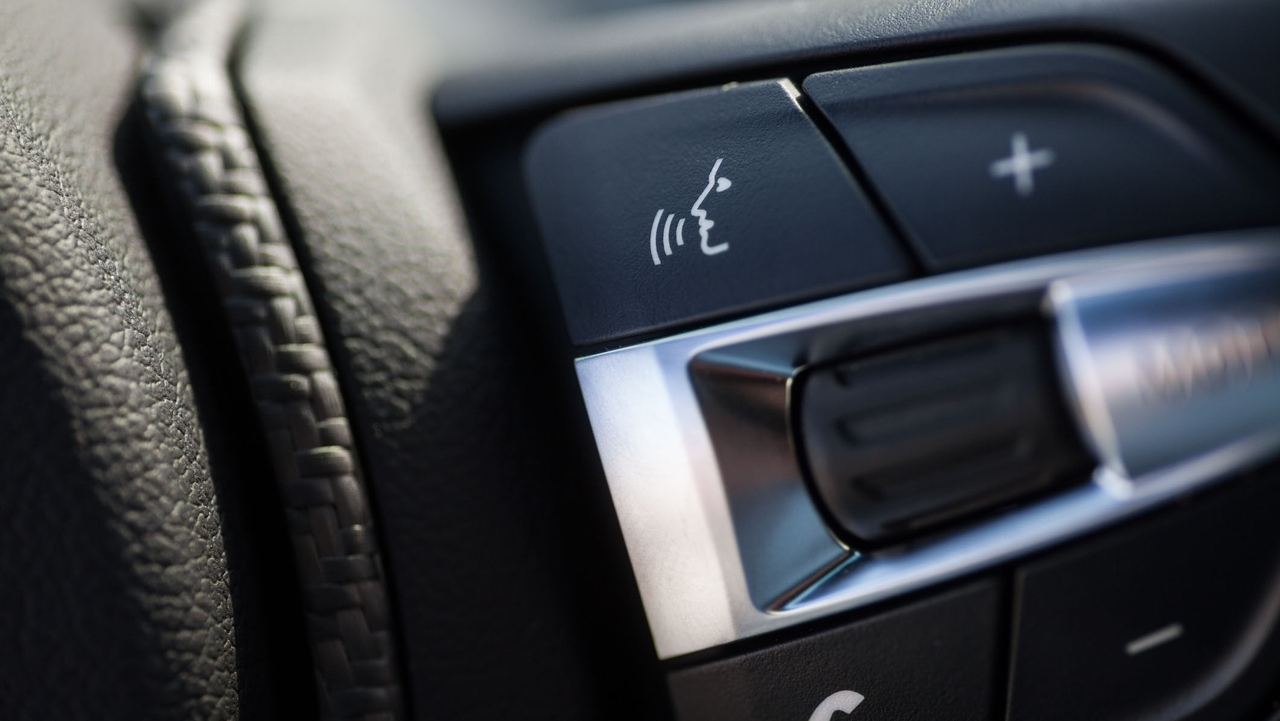Artificial intelligence is the next step in in-car connectivity, and a few cars now come with ChatGPT integration, but what is it and why is it important?
Voice control isn’t a new thing in cars, but most systems have been pretty limited in their use up until fairly recently. Maybe you could change the radio station or call your mum, but you couldn’t use it for much else. That’s if it understood you at all.
Recent, more advanced systems will adjust the air conditioning settings if you tell the voice assistant that your feet are cold, for example. They might also tell you the weather and news stories, or set the sat nav to wherever you want to go.
What is ChatGPT?
OpenAI’s ChatGPT software took the internet by storm in 2023, for better and for worse. It’s a chatbot that uses artificial intelligence (AI) and a natural language processing system to create human-like responses to questions and statements. It’s more conversational than a traditional voice control system.
ChatGPT can create responses and pieces of text based on your prompts, scraping the internet to find answers and recommendations. Whether they’re correct or what you were looking for is another thing, given that the system currently doesn’t take into account anything that happened after September 2021.
How will ChatGPT be used in cars?

Skoda is one of the brands keen to integrate ChatGPT into its cars, and it suggests that the AI chatbot can provide a more immersive and responsive experience than its current ‘Laura’ voice assistant. While ‘Laura’ can control the navigation, air conditioning and media, plus answer some general knowledge questions, ChatGPT can read out information specific to that vehicle, as well as ‘enriching conversations’ and clearing up questions.
In Skoda’s case, the Laura voice assistant will try to answer you first of all and, if what you’re asking is beyond its skillset, it’ll awaken ChatGPT to provide you with an answer.
We’re told that, in this case, ChatGPT doesn’t have access to your personal data, and all requests you make to the ChatGPT system are deleted immediately after use.
Mercedes is also putting a ChatGPT into its latest-generation MBUX infotainment system. Its Virtual Assistant can learn to read you the latest news stories every morning, set the ambient lighting and music just so, and even offer to dial into a meeting if you’re in the car and running late.
ChatGPT is also used in DS models equipped with the DS Iris infotainment package. DS gives examples of using ChatGPT like a travel itinerary planner – it can suggest places to visit in a given city, and then can set the navigation system for that destination – as well as creating quizzes and stories to entertain your passengers.
ChatGPT can also provide voice-controlled navigation, predictive navigation based on previous or usual routes you’ve taken, and live traffic updates.
Which cars have ChatGPT?
We know that the Volkswagen Group is a keen adopter of ChatGPT in cars and, in 2024, the facelifted Volkswagen Golf became one of the first cars to get it. Also expect to see it on the new Volkswagen Passat and new Tiguan. Skoda is integrating ChatGPT into the facelifted Octavia, the 2024 Kodiaq and Superb, and selected versions of the Skoda Enyaq. It’ll arrive on selected Audi and Cupra models later in the year.
Every DS model with the DS Iris system comes with ChatGPT. The current range is the DS 3, DS 4, DS 7 and DS 9, although not all trim levels feature the Iris system.
While ChatGPT specifically isn’t currently available in many cars, almost all manufacturers are racing to see how they can implement artificial intelligence into their cars – either by going it alone or by teaming up with an established AI provider.
Ford, Toyota and BMW are among the carmakers that are planning to integrate ChatGPT into their infotainment systems.
How much does it cost to use?

On a web browser or mobile app, the basic version of ChatGPT is free to use. It doesn’t limit how often you can use it but it does limit things such as the character length of responses. Above that, there are several subscription-based tiers. Regardless of whether you’re using a free version or a paid version, you’ll need to login to use ChatGPT.
Similar in-car assistance and connectivity features are usually bundled into a subscription package. Typically, you’ll get a free period – usually up to three years – after which point the fancy features that you were wowed with initially will be locked behind a paywall.
When will it be available?
2024 is going to be the year where ChatGPT begins to be integrated into certain VW Group cars, but you can almost guarantee that numerous other carmakers are planning to follow suit – either with ChatGPT or with a competing generative AI voice assistant feature.
What are the cons of ChatGPT in cars?
One of the concerns about having ChatGPT integrated into a car is the amount of personal data it may have access to, and whether this data can be bought or stolen by a third party company.
What’s more, ChatGPT is undoubtedly impressive in the responses it can create, but it still lacks the level of contextual understanding that a human has – which could create incorrect or irrelevant answers.
It’s also a question of whether this is technology for technology’s sake, and how much it’ll actually improve your in-car experience. It could prove to be one more thing to distract drivers from the important business of actually driving the car.


































